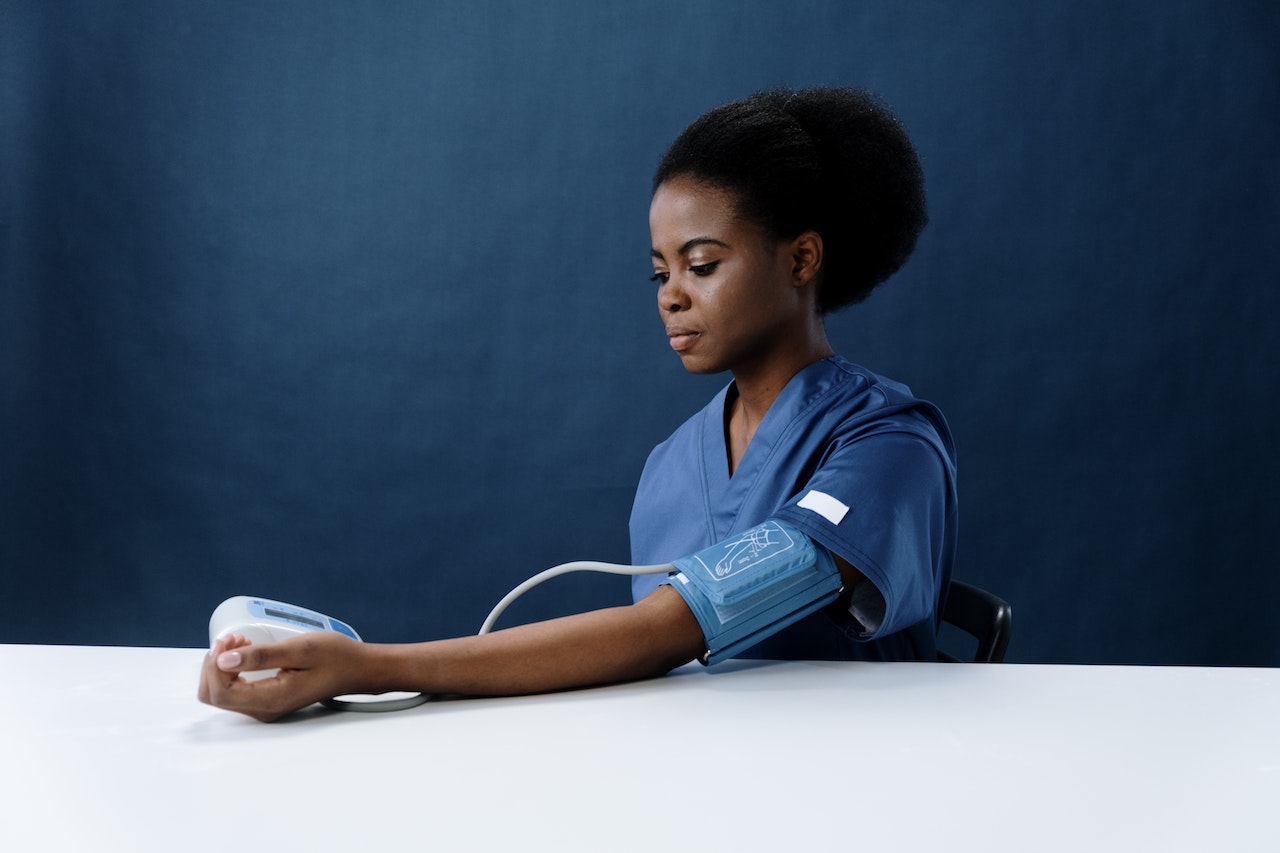
October 11, 2023
Study By North Carolina A&T Links Hypertension, Low Energy Availability In Black Athletes
A pilot study conducted by North Carolina A&T State University researchers reveals a correlation between high blood pressure and low-energy availability in Black Division 1 athletes.
Twenty-three Division 1 male and female athletes from four sports (volleyball, track and field, football, and basketball) were involved in the study, which used a blood pressure cuff, an eight-point analysis device to measure body composition, and a treadmill stress test to evaluate cardio-respiratory fitness. After five minutes of rest, researchers measured and evaluated each athlete’s blood pressure.
According to the American Heart Association, hypertension is defined as a systolic reading of 120 mmHg or more and/or a diastolic of 80 mmHg. Stage I hypertension is considered to be in the 139 mmHg systolic over 89 mmHg diastolic range.
“We used the revised American Heart Association and American College of Cardiology blood pressure standard,” Troy Purdom, study lead and assistant professor in North Carolina A&T’s Department of Kinesiology, told Andscape. “The reason why they were revised in 2018 was what they found was considered pre-hypertensive, which in the old guidelines used to be just a general warning sign. It turned out in a five-year followup there’s a high percentage [chance] that those with pre-hypertension became hypertensive.”
Low-energy availability is the underconsumption of energy or nutrients to meet physical demands by the body. Low-energy availability can have negative effects on one’s cardiovascular health and can affect physical activities.
The athletes also completed a food recall interview to assess their nutrition levels and were required to log for three days their daily nutritional intake and include food content, the time of day they ate, and the amount of food consumed. After they logged their intake, a sports dietitian performed a five-step review of their food records.
Of the 23 athletes studied, 13 were shown to have hypertension. Within the group, 87% were found to be calorically- and nutrient-deficient in micronutrients. Purdom believes the numbers suggest a nutritional link between the athletes and hypertension. However, it’s not the quality of the food. The study suggests that athletes who do not eat enough are 10 times more likely to have hypertension.
“Calories are the fuel that we put in our bodies that helps our bodies run off of energy,” Purdom said, according to Andscape. “So if we don’t eat at adequate energy, we are going to see high blood pressure as a result, so much that we found a moderate relationship among our sample that the less they eat, the higher their blood pressure will get.”
As a result of the study, Purdom is now working with NC A&T Athletic Director Earl Hilton to evaluate the cardiovascular function of the university’s athletes over time. NC A&T is also currently looking for a sports dietician who has experience working with Black athletes and athletes with chronic conditions such as hypertension as well as nutritional support staff.
RELATED CONTENT: VIDEO: Gospel Artist Yolanda Adams Calls for Hypertension Awareness